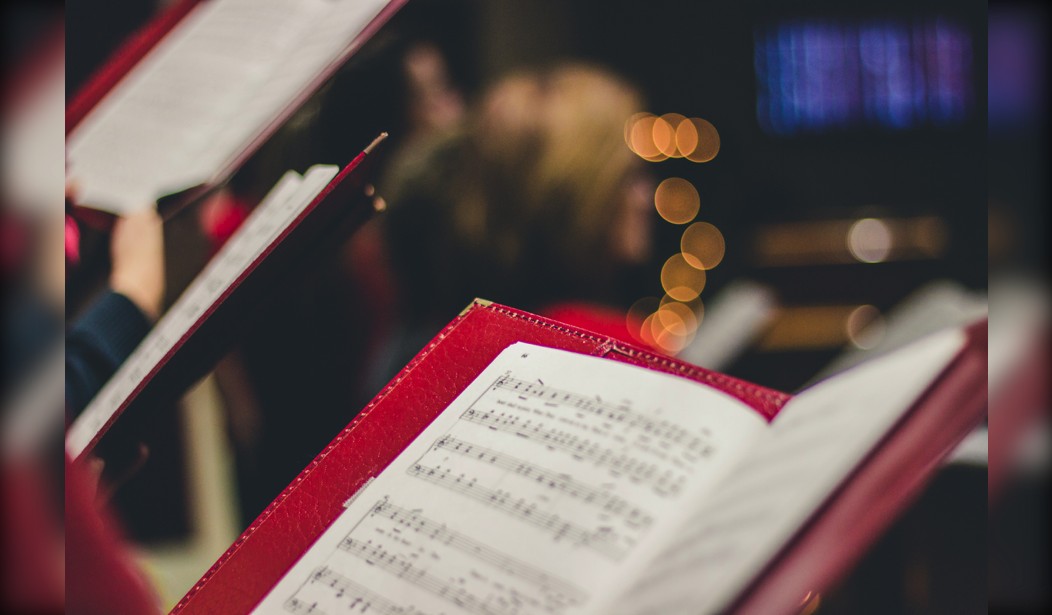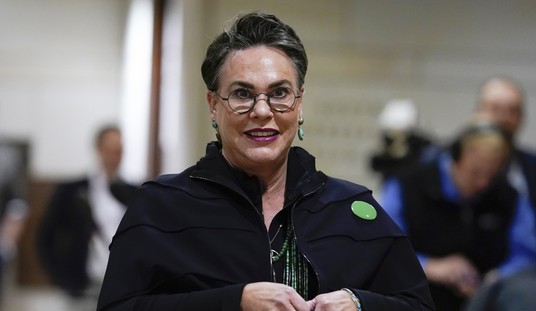"O Come, O Come, Emmanuel" is my favorite carol of the season. I did not know about it or sing it until I went to Catholic school in the mid-1970s, but since I've discovered it, I have not let it go. I literally grew up in the Christian church, in a hodgepodge of Baptist, Church of God In Christ, and Pentecostal Charismatic churches. "O Come, O Come, Emmanuel" is to the Catholic Church what "Go Tell It On The Mountain" is to the Black Church. Come to think of it, I sang that one in Catholic school, too. It's amazing how I received more spiritual depth in that time with the Catholics than I have in my many years of Sunday service in other traditions. But, that's a tale for another day.
"O Come, O Come, Emmanuel" was translated from Latin in 1851 by priest and scholar John Mason Neale. The Latin version of the song was titled "Veni, Veni, Emmanuel" (and there are actual documents dating back to 1710 that confirm this). So, it is probably one of, if not the most, ancient and historic of the Christmas canon. I believe that the richness of time and history, along with the lyrics, lends the song its power. The first time I heard the hymn, what resonated was the depth of the haunting. It's not a rousing, celebratory, "Christ Is Come!" It's a pleading, "Christ Please Come... because I'm in bad shape." Through my 44 years since Catholic school, I've had many opportunities to experience the weight of that plea. As the elders say, "If you've never experienced trouble, just keep on living." The song, as so beautifully presented by our Deputy Managing Editor Susie Moore, speaks to sadness rimmed with hope. Hope that Emmanuel—God With Us—will come, so that all will be right again. Or if not right, at least His presence will be the reminder that He will ultimately make things right.
The text for "O Come, O Come, Emmanuel" comes from a 7 verse poem that dates back to the 8th century. It was used in a call and response fashion during the vespers, or evening, service. The original text created the reverse acrostic "ero cras," which means "I shall be with you tomorrow," and is particularly appropriate for the advent season. A metrical version of five of the verses appeared in the 13th century, which was translated into English by J.M. Neale in 1851. Each of the five verses expounds upon one of the names for the Messiah:
- Emmanuel (Isaiah 7:14, Mt 1:23) means, "God with us"
- Adonai (Exodus 19:16) is a name for God, the giver of the law
- Branch of Jesse (Isaiah 11:1) refers to Jesus' lineage
- Oriens (Malachi 4:2, Luke 1:78-79) is the Morning Star or Daystar
- Key of David (Isaiah 22:22) refers again to Jesus' lineage
It is meant to be sung on every Sunday of Advent with the different verses of the song corresponding with that particular Advent week. The school I attended included the song in the Lenten masses as well. The call-and-response fashion is very COGIC (Church of God In Christ), so, it is no wonder that the song resonated even more with me.
When we sing each verse of this hymn, we acknowledge Christ as the fulfillment of these Old Testament prophesies. We sing this hymn in an already-but not yet-kingdom of God. Christ's first coming gives us a reason to rejoice again and again, yet we know that all is not well with the world. So along with our rejoicing, we plead using the words of this hymn that Christ would come again to perfectly fulfill the promise that all darkness will be turned to light.
As some of you know, the last really dark time I experienced was burying another sister on Christmas Eve of 2017. We are people of faith, and the hope of Heaven is always in our view, but losing another sister (she was the third) put a significant pallor on our earthbound lives. Frankly, it still does. So, this carol grows more significant and precious as I grow older, and experience more loss than gain in the coming years. It is a part of the human condition.
Some of my favorite renditions of "O Come, O Come, Emmanuel" are the traditional ones. But there are a few of the modern arrangements that also stir my soul. This instrumental, beautifully arranged traditional version by Earthtones Trio is one I've recently added to my Christmas playlist.
For King and Country is a favorite among contemporary Christian bands. Their traditional rendition is more raucous than most, but also incredibly rousing.
Contemporary Christian artist Lauren Daigle's "Light Of The World" is an adaptation of the traditional song, and uses some of the lyrics and the song's essence, while creating an entirely new work that speaks to the heart of the message. Daigle balances well that celebratory, "Christ Is Come," with the plaintive, "Christ Please Come."
This is my favorite modern adaptation of "O Come, O Come, Emmanuel," called "Our God Is With Us," by Steven Curtis Chapman. I find myself singing this song on my own. I know the lyrics by heart, and they strongly resonate with what I have experienced and am currently experiencing in my life.
For many, the holiday season lacks celebration, or the celebration has been blunted due to tragedy and loss. Embracing this hymn has let me know that it is okay to grieve, to feel the dearth among the abundance. When Simeon met Mary and Joseph in the temple at the Baby Jesus' dedication, he prophesied to Mary, "...and a sword will pierce your soul as well." Joy wreathed with sorrow is something the Savior was acquainted with from the beginning, and continues to be so.
God Is With Us.















Join the conversation as a VIP Member